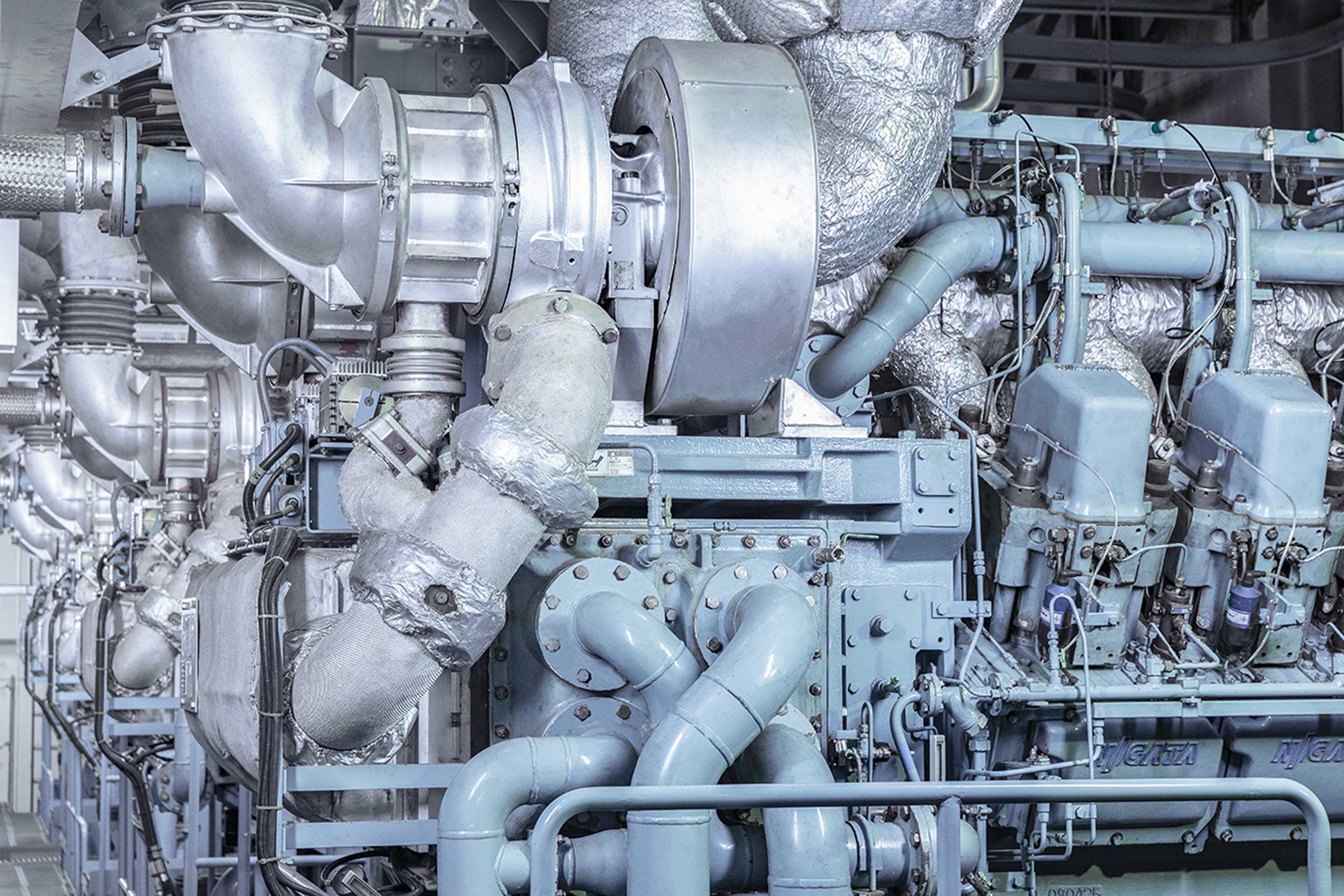The history of engines is often seen as starting from the Age of Enlightenment in the West, with a linear and logical progression. While this is partly true, many pieces of this incredible puzzle can actually be found much earlier, with ideas and concepts spread far further than generally discussed.
It’s a huge topic, but in this first of a series of articles looking at the history of the internal combustion engine, we’ll be taking a short and non-exhaustive travel through millenniums and around the world to show the origins of very important pieces of current and future technologies.
For example, how could Austronesian people before 100 AD have discovered the valuable missing link between theory from Sadi Carnot and a no less genius invention from Rudolf Diesel? And why did these genius inventions never constitute a starting point for an earlier industrial revolution? This, we will try to answer through our different articles…
A start of something big
China is a good place to start, where air bellows are thought to have been invented during antiquity, offering the ability to increase the heat power within the metal melting furnaces. Supercharging, in effect, was born.
Ambient air supplied by bellows to a charcoal-fueled furnace made it possible to develop the higher temperatures necessary to smelt iron ores, and one person can then generate heat at about 70 times the rate possible using a blowpipe (Blowpipes versus Bellows in Ancient Metallurgy – J.E. Rehder Toronto Canada 1994).
Hundreds of years later, at the end of the 18th century, physicist A. L. de Lavoisier discovered that combustion isn’t possible without oxygen.
Another part of the puzzle, the fire piston, was invented in southeast Asia, most likely by Austronesian people before 100 AD. Fire pistons were used for igniting fire by rapid compression of air, using a hand piston within a small cylinder made of diverse materials including bamboo, wood or animal horns.
A small tinder load would be positioned within the material, and thanks to its adiabaticity, the rapid hand compression temperature could reach 260°C, which is enough for igniting the tinder, and to ignite a fire. It was this discovery that would later lay the foundations for the concept of the Diesel engine.
While some of our ancestors were busy exploring compression ignition, others were looking towards more explosive methods. The earliest confirmed reference to gunpowder occurred in China in the 9th century AD, during the Tang dynasty. This concept would play a big part in the Huygens’s engine, a gunpowder-powered engine that was first explored in 1678, offering inspiration for modern gasoline-powered internal combustion engines.
 A sketch of the Huygens’s engine
A sketch of the Huygens’s engine
Putting the pieces together
Modern engines are complicated machines, however, and discovering combustion is simply another piece of the puzzle. Other parts of the internal combustion engine can trace their roots equally far back in history.
The first known crank, for example, was a connecting rod system used by the Romans in the 3rd century AD. The system converted rotating watermill power into an alternative linear power, making it possible to drive two stone frame saws.
Even today, having tested many other systems, a connecting rod remains the preferred solution for converting the alternative motion of a piston into useful rotating motion, in all internal combustion engines.
Exploring steam power
Steam also plays a big part in the history of the internal combustion engine, being one of the earliest identified ways of converting the power of fire into motion.
The first recorded steam-powered machine was described by Hero of Alexandria, in Roman Egypt in the 1st century AD.
The aeolipile is a rotating vessel, in which steam is brought from a boiler, before being ejected through two tangential nozzles, generating a rotating torque. The resulting rotating mechanical power was merely sufficient to compensate for friction and drag losses, however, producing no additional power. And, rather than being viewed as an invention with the potential to change the world, it seems the aeolipile was looked at as a mere curiosity by the ancient Greeks.
Steam power would continue to play a part throughout the following centuries, albeit with uses that stretched far and wide. According to William of Malmesbury, for example, in 1125, Reims was home to a church organ powered by air escaping from compression “by heated water”, apparently designed and constructed by professor Gerbertus.
And in 1543, Blasco de Garay a scientist and a captain in the Spanish navy, may have proposed a system based on the aeolipile to propel – via paddlewheels – large ships, without any wind power. A man before his time?
The footprints for the steam turbine were set in 1551 in Egypt, when Taqī al-Dīn described a self-rotating spit that would lay the foundations for future ideas.
Giovanni Branca, an Italian engineer, showed off a steam turbine concept in 1629 for turning a cylindrical escapement device that alternately lifted and let fall a pair of pestles working in mortars. The steam flow of these early steam turbines, however, was not concentrated, and most of its energy was dissipated in all directions. This would have led to a great waste of energy, so the idea was never seriously considered for industrial use.
Most of these machines have been confirmed and the ideas behind them work. Such inventions provided the seeds for technology to come, and we’ll be looking at more recent creations and concepts in the next article in this series.














